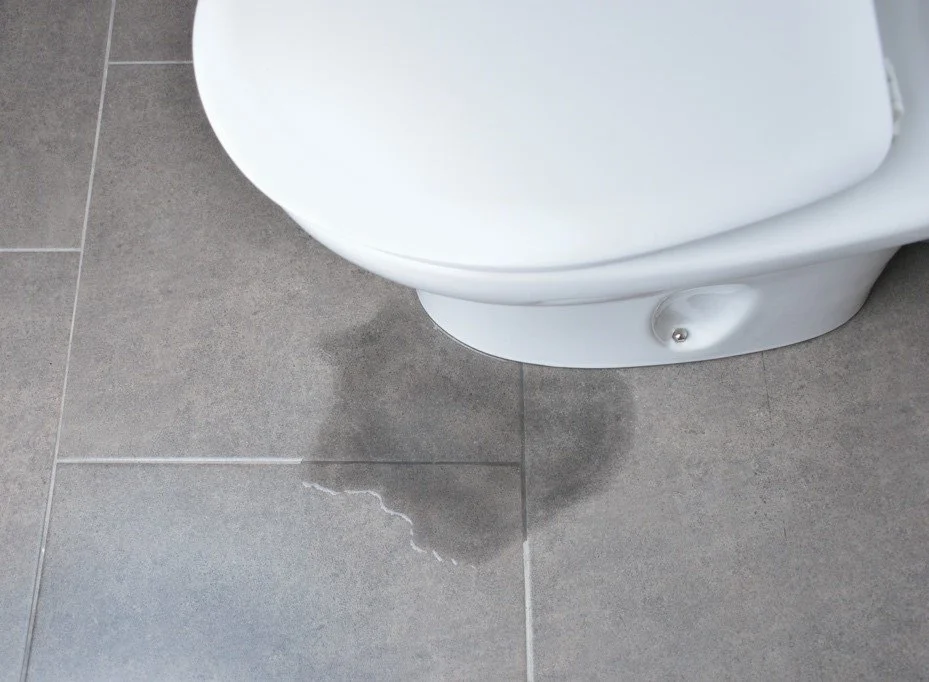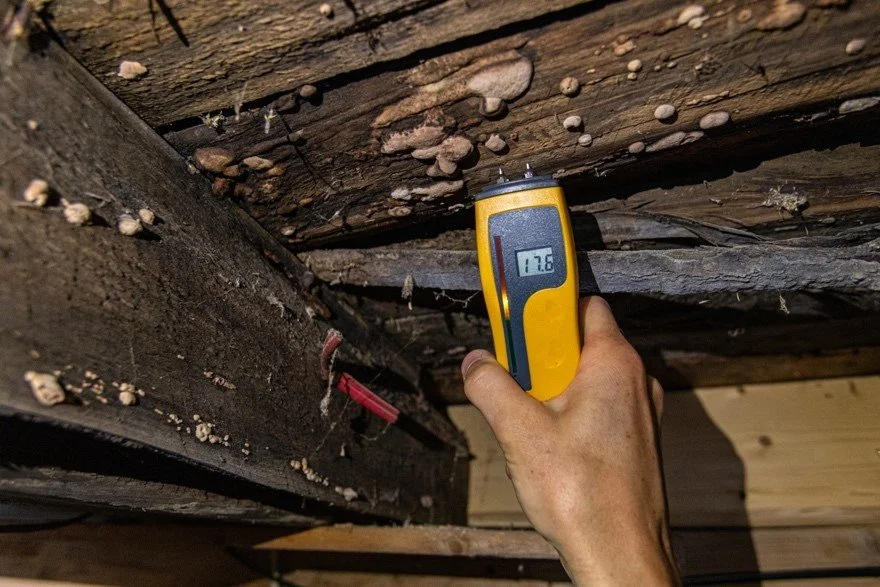We get asked this question a lot by our clients at their home inspection. Caulking around the base of the toilet is recommended but highly debated. We will try to cover the reasons for or against this question and let you decide for yourself.
First, let’s discuss some reasons for and against caulking around your toilet.
What the state code says: The 2015 Minnesota State Plumbing Code says, under section 402.2, "Where a fixture comes in contact with the wall or floor, the joint between the fixture and the wall or floor shall be made watertight."
It looks better:
If you have a tile floor, there may be uneven gaps between the flooring and the toilet base. It may give you a more finished look to have the gap filled with caulking.
Stabilization:
There may be times when a toilet rocks a little bit because tile flooring may be uneven. You can only tighten the mounting bolts so much before you break the base. Caulking the gap between the toilet base and the floor will help stabilize any rocking.
That funky smell:
There is the potential for the water used to clean the bathroom floor, or, perhaps, poorly aimed streams, to collect under the toilet base. Because these fluids can never be completely cleaned away, they create the perfect organic soup for all kinds of nasty organisms to grow, flourish, and produce unpleasant odors.
Now, let's look at some of the reasons why you shouldn't caulk around your toilet base.
Where does the leaking water go?
There’s a lot of discussion with respect to potential leaks under a toilet. Water, in responding to gravity, will generally travel downward and should present as a wet/damp area on the ceiling below. However, if the flooring goes right up to, or in the case of tile, under the mounting flange, any leaks may just simply run out onto the floor. This could also be the case if a basement toilet is installed directly on the concrete floor.
If the accumulation of fluids is consistent over time, the flooring and structure under the toilet are prone to rot and decay. The photo below shows floor rot adjacent to the toilet mounted in the bathroom above.
Deterioration is a common find in older homes. We use a moisture meter in the course of a home inspection to check for moisture below toilets if it is accessible.
Just what should you do?
Considering the pros and cons, I think there is a happy medium that will satisfy all concerns. In my opinion, the toilet base should be caulked. I recommend you leave a small gap at the front and back. This small gap can allow water to escape if the toilet is leaking. If the water spreads out faster than it goes down, the leak can be detected sooner. It secures the toilet base to the floor, and it will help to prevent any water used during cleaning or those “near misses” from accumulating under the base.
Visit our website to learn more or to schedule your home inspection in the Rochester, Owatonna, and Faribault, MN areas. You can contact us today at (507) 202-8942 or use our online “Schedule Now” feature to set up an appointment.


